Swingfire was a British wire-guided anti-tank missile developed in the 1960s, seeing action in multiple theatres.
Swingfire Development
The Orange William missile was cancelled in 1959.
Fairey Engineering, with British Aerospace, Barr and Stroud, Alvis, Dowty Weapon Systems, Pylon Industries, Royal Ordnance/ Imperial Metal Industries, Somerton Rayner, Sterling Metals, Thorn-EMI Electronics Ltd and Wallop Engineering, continued development work
This work culminated in Swingfire, first mentioned by the government in 1962 as a replacement for the Malkara missile (even though engineering work started in 1960)
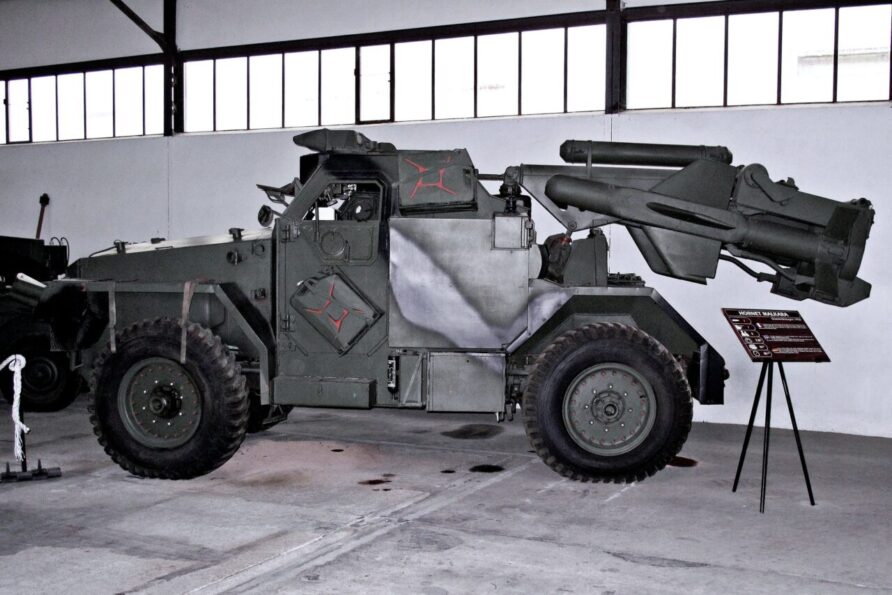
Development and testing progressed through to 1969, when Swingfire was formally accepted into service.
A significant step forward will be taken by the starting of delivery in June of this year of the new Swingfire guided weapon. Mounted on highly mobile armoured vehicles, this long-range antitank guided weapon will have a very important role.
In 1980, a thermal sighting system was introduced, with orders placed in 1984.
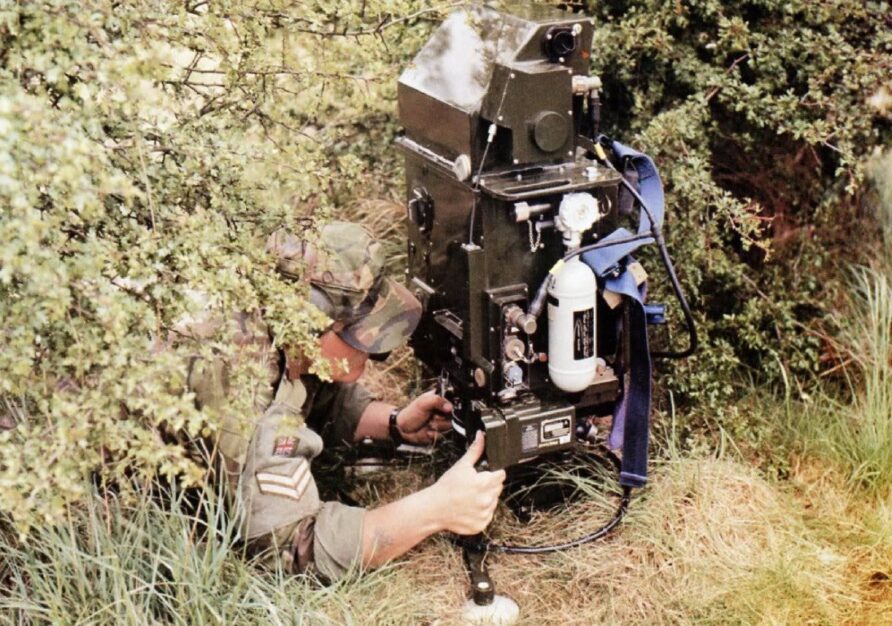
The MoD awarded a £35m five-year contract to British Aerospace in 1990, to upgrade the Swingfire wire-guided anti-tank missile system. It was called the Swingfire Improved Guidance (SWIG) programme. SWIG would replace analogue electronics with the latest generation digital systems.
Most notably, it would also change the guidance from command to automatic command, i.e. the operator now only needed to keep the crosshairs on the target and not manually fly the missile. The Automatic Command Line of Sight (ACLOS) guidance system was introduced in 1990, with final production ending in 1991.
Alongside SWIG, the Defence Research Agency (DRA) also worked on a project called FOLLAM between 1988 and 1993. FOLLAM stood for Fibre Optically Linked Long-range Adaptable Missile.
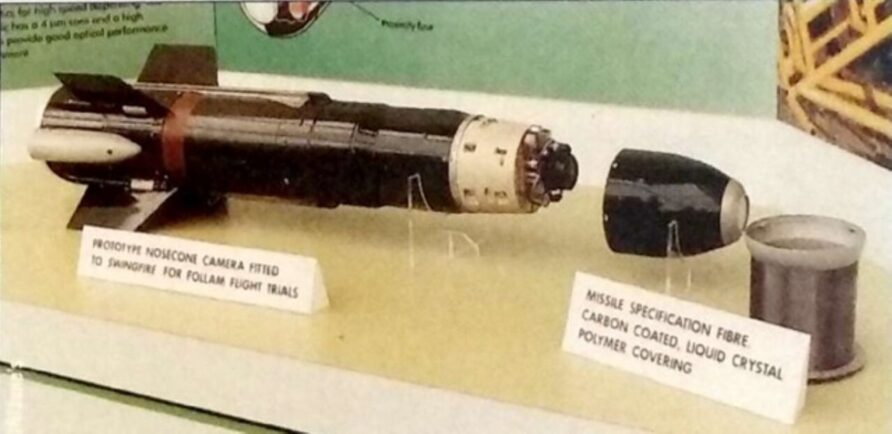
Approximately 46,650 Swingfire missiles were produced.
Strike saw service in the 1991 Gulf War and the 2003 Iraq conflict, its swan song
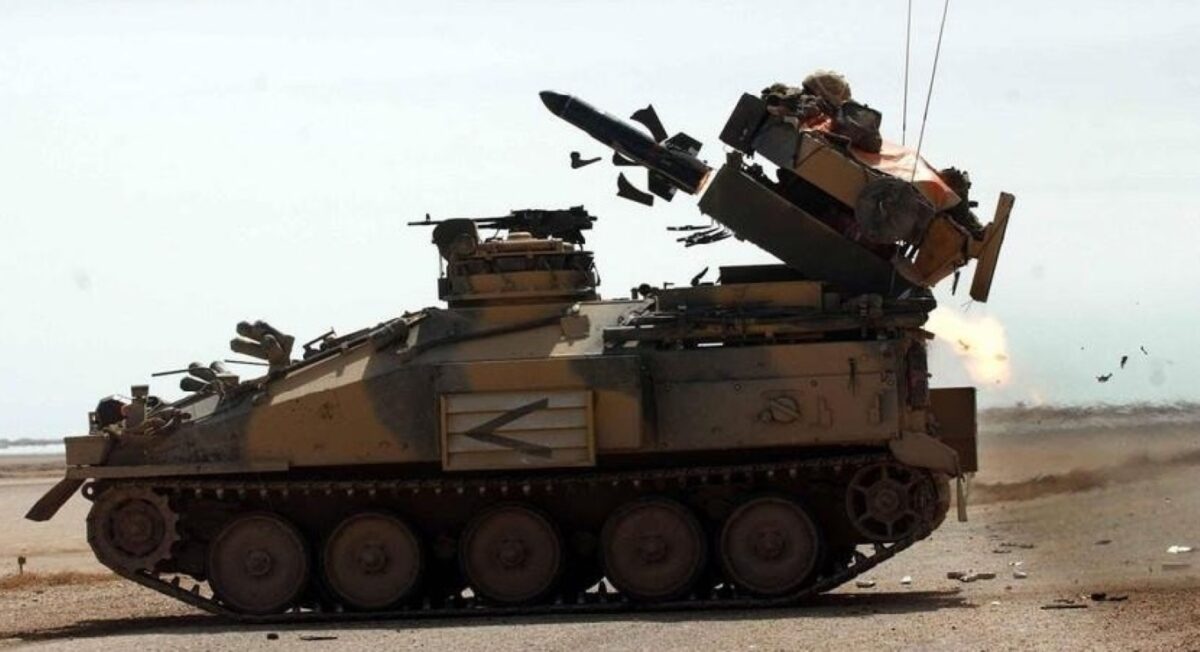
Before reading on, would you mind if I brought this to your attention?
Think Defence is a hobby, a serious hobby, but a hobby nonetheless.
I want to avoid charging for content, but hosting fees, software subscriptions and other services add up, so to help me keep the show on the road, I ask that you support the site in any way you can. It is hugely appreciated.
Advertising
You might see Google adverts depending on where you are on the site, please click one if it interests you. I know they can be annoying, but they are the one thing that returns the most.
Make a Donation
Donations can be made at a third-party site called Ko_fi.

Think Defence Merch
Everything from a Brimstone sticker to a Bailey Bridge duvet cover, pop over to the Think Defence Merchandise Store at Red Bubble.
Some might be marked as ‘mature content’ because it is a firearm!
Affiliate Links
Amazon and the occasional product link might appear in the content, you know the drill, I get a small cut if you go on to make a purchase
Swingfire Capabilities
Swingfire was quite advanced at the time.
Immediately after launch, the wire-guided missile is automatically gathered by the operator in the sight via a program generator. Inputs are generated from the relative positions of the target, the missile launcher and the operator. This allows the launcher to be concealed, and no direct optical line-of-sight from the launcher to the target is required. The manual command to line-of-sight guidance system incorporates two gyroscopes in the autopilot on the missile: one for pitch and one for yaw. Thrust-vector control maintains the missile heading or corrects it to the target.
The shaped charge warhead weighed in at 7 kg alone and could be used against targets from 150m to 4,000m and at up to 70 degrees angle of attack.
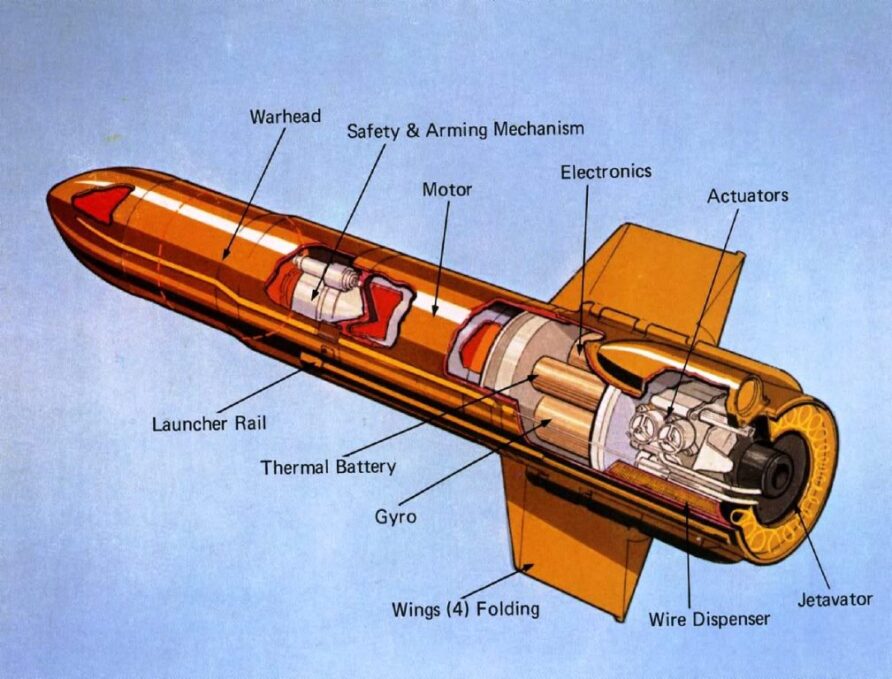
The missile was 1.067m long and 170 mm in diameter, with a maximium range of 4,000m.
The launch weight was 27 kg and although sources vary on penetration, most settle on 800 mm, it is probably safe to say it was ‘enough for the time’.
Swingfire was named after one of its unique features.
Upon launch, the missile could immediately switch direction (or swing) by 90 degrees by using a ‘jetivator’ which controlled the direction of the rocket motor exhaust.
This meant Swingfire was quite an easy missile to integrate and the firing point concealed.

Swingfire ‘party piece’ though was its unique ability to make use of a remote sighting unit.
The remote sighting assembly allowed the launching vehicle to adopt a hull down, or concealed, firing position.
The remote sight could be located up to 100 metres away horizontally and 23 metres higher or lower.
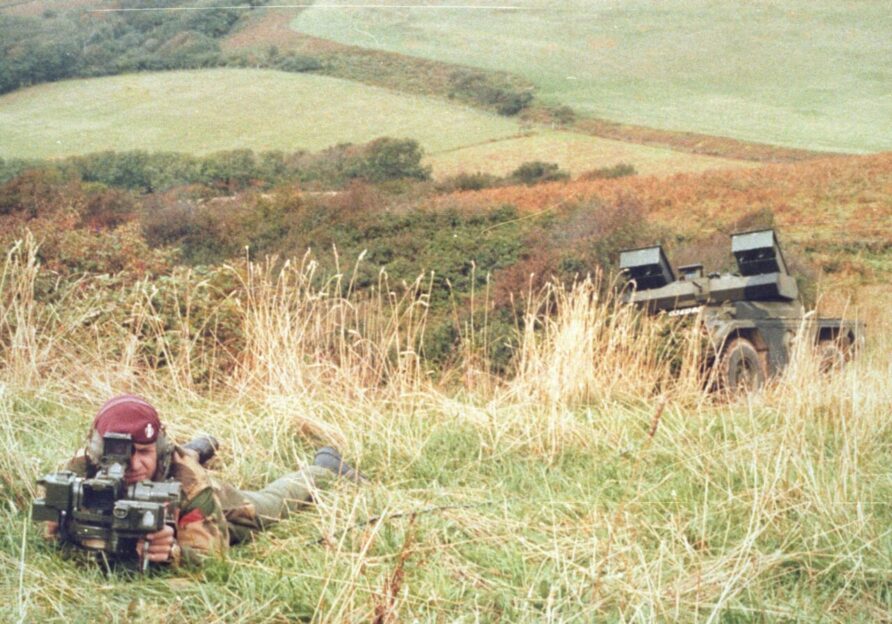
Combined with the immediate direction change after launch, the Swingfire launcher could be extremely difficult to locate, increasing survivability enormously when compared to comparative systems.

FOLLAM was designed to test the ability to use fibre optic cables instead of copper wire and replace the guidance system with a nose camera, similar to Exactor/Spike NLOS.
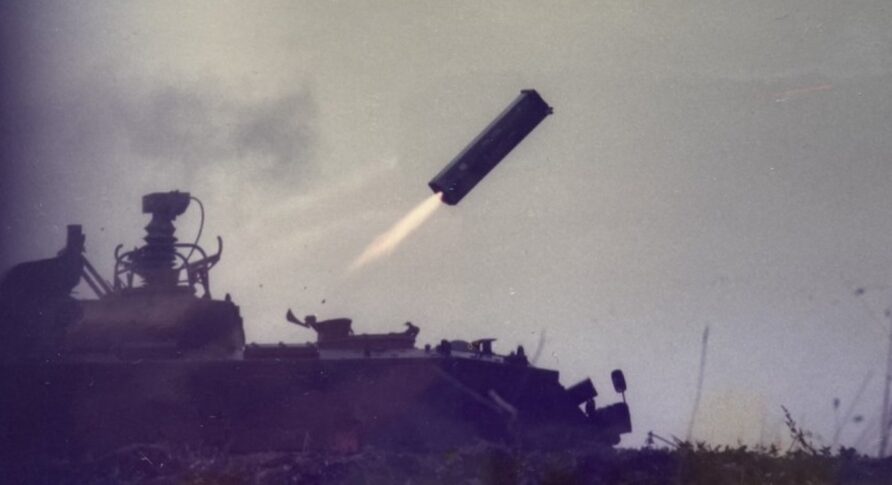
A great summary of Swingfire in the video below
Swingfire Launch Configurations
Beeswing
A four round palletised launcher was developed that could be mounted on light vehicles, called Beeswing, or Swingfire Pallet.
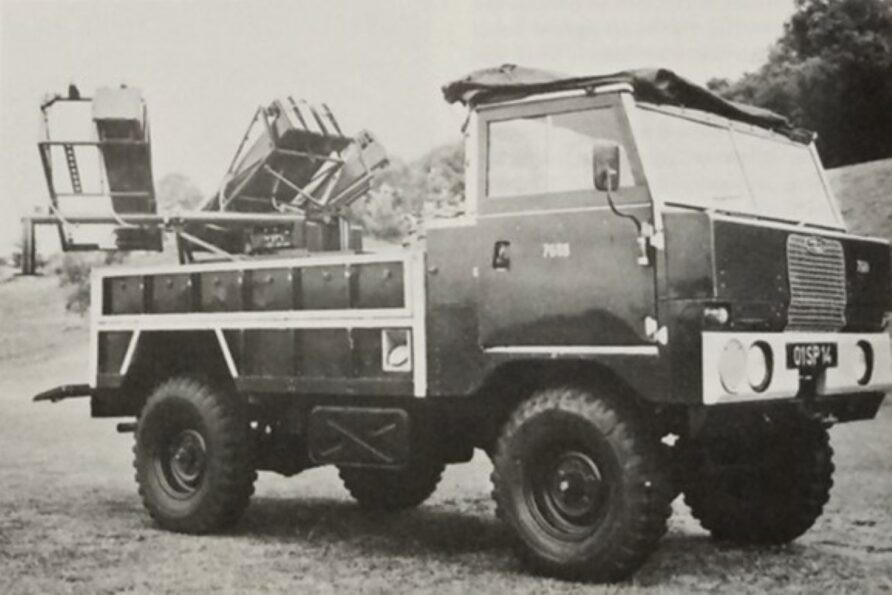
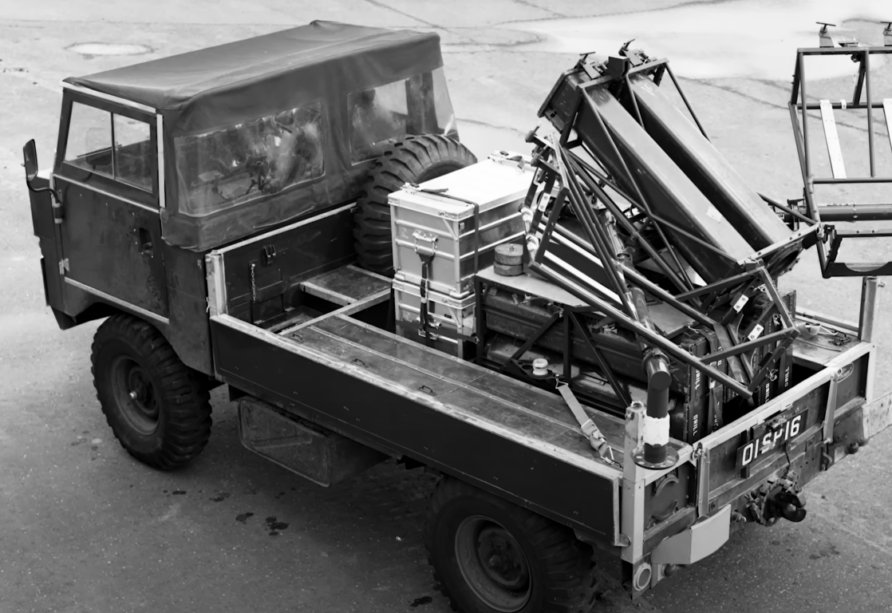
Simplified Launcher
A simplified launcher was shown on several vehicles, including the Rayner Saboteur Trooper and Supacat ATMP.
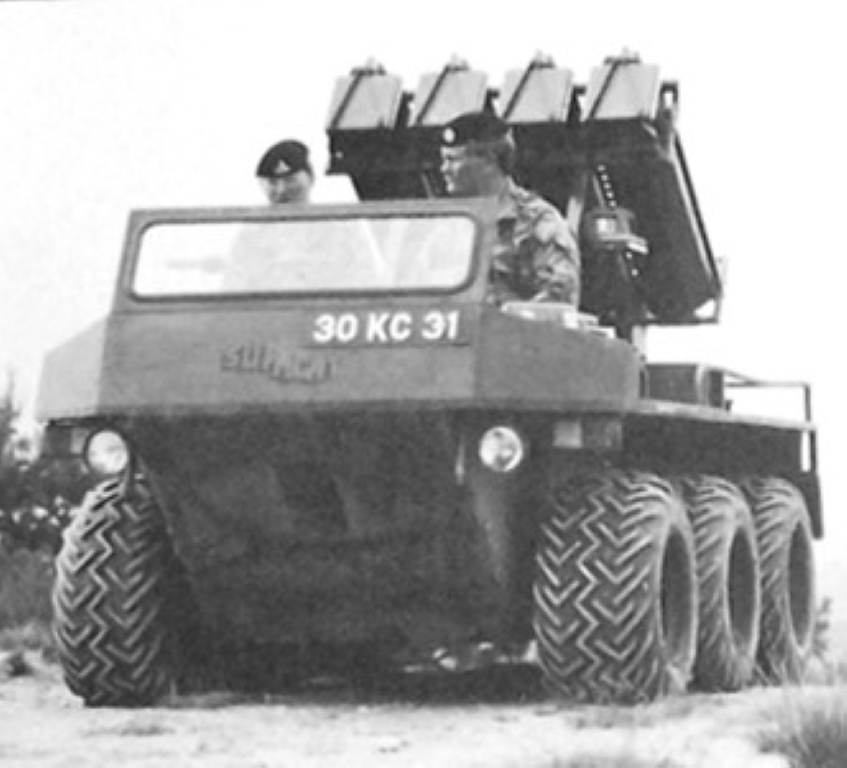
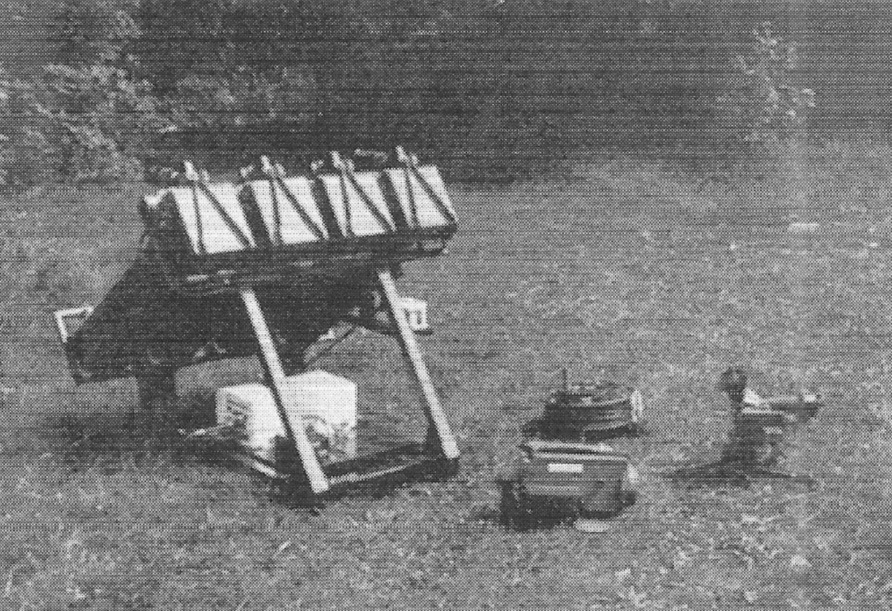
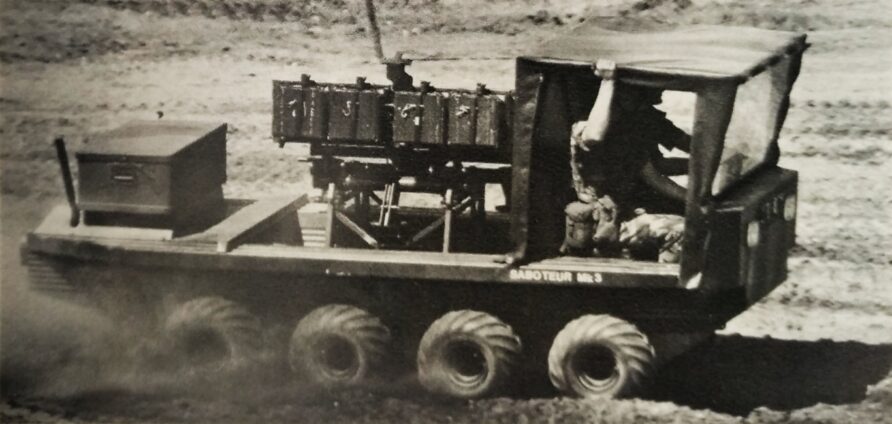
Golfswing
Golfswing was a lightweight trailer mounted version, with four missile cannisters.
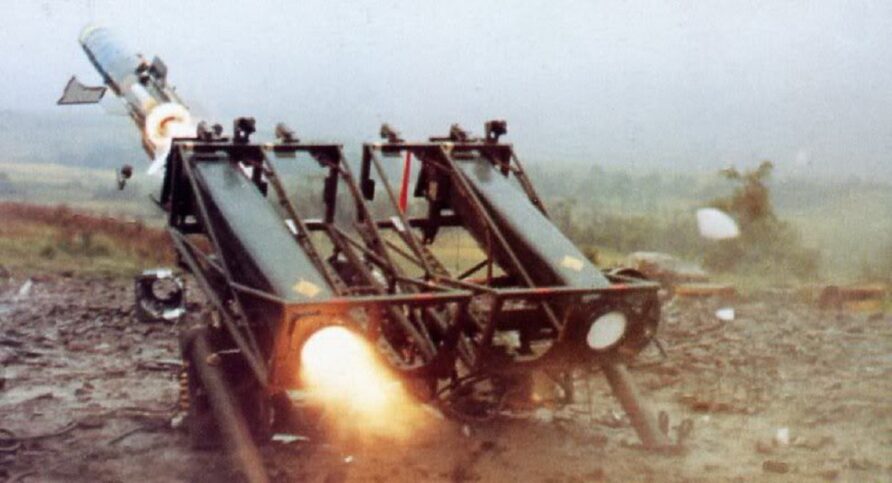
Infantry Transportable Swingfire
A lighter version of Golfswing was designed and tested, but not introduced.
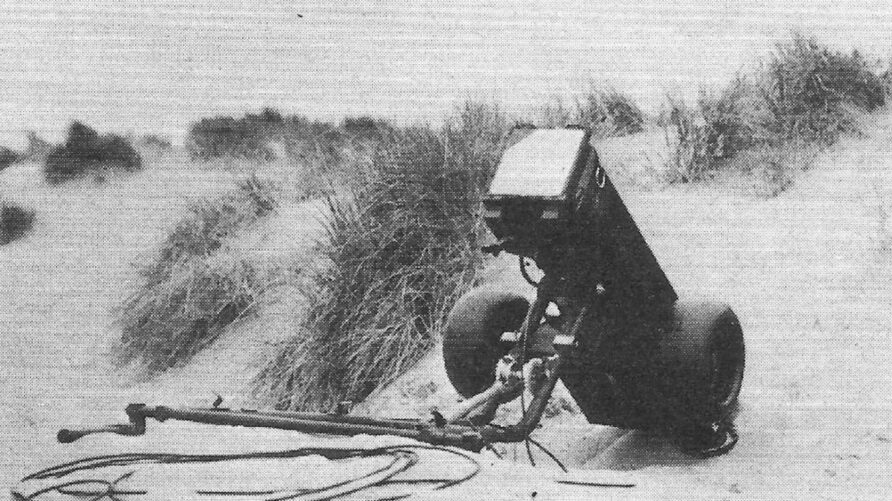
ITS used a single launch canister.
FV438
A modified FV432, designated FV438, had a non-traversable turret and two launchers, with 14 missiles and crew under armour.
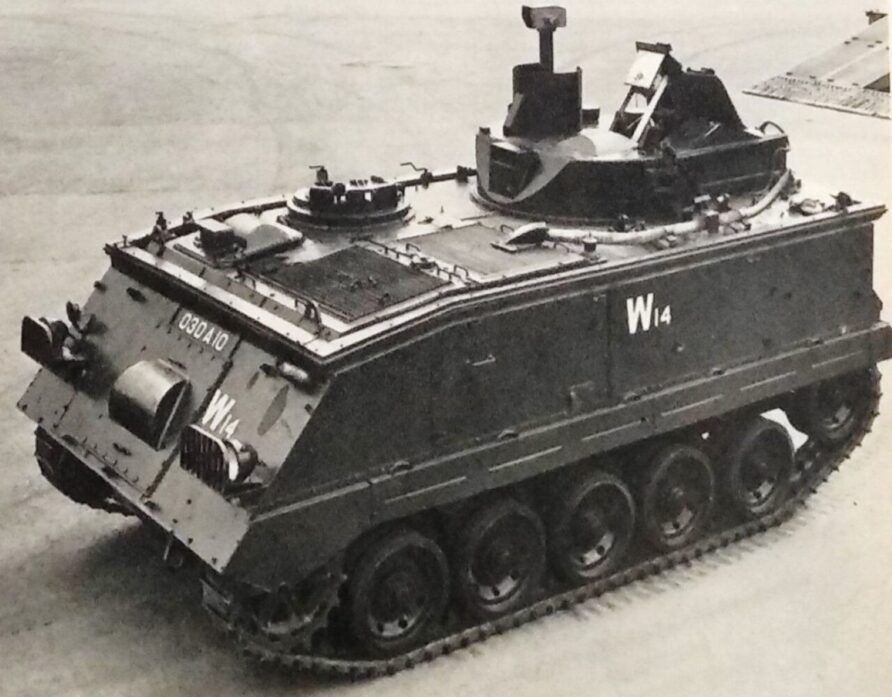
Two missiles could be ripple fired from the FV438, simultaneously, automatically and independently guided to hit two separate targets.
The launcher could be reloaded from inside.
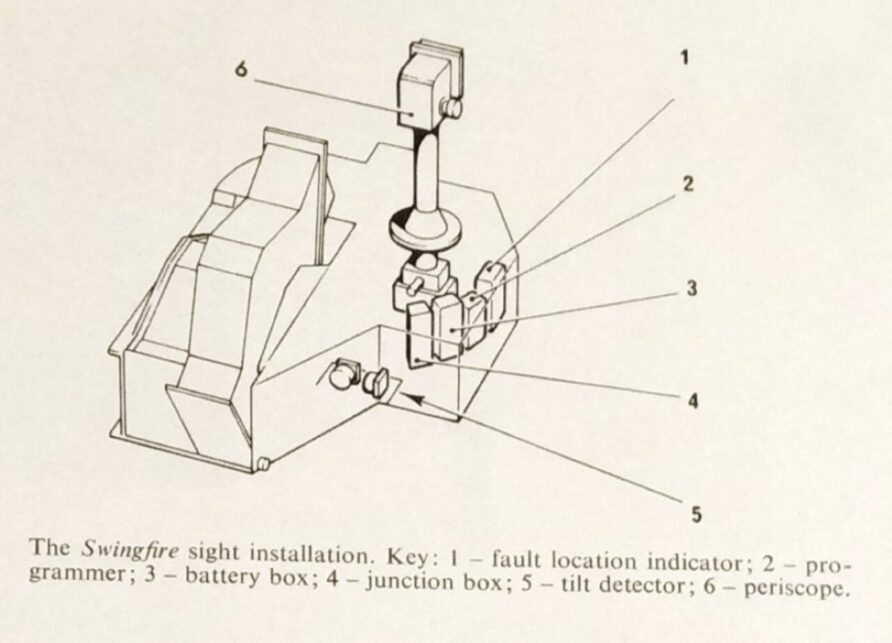
The FV438 vehicles were operated by the Royal Artillery.
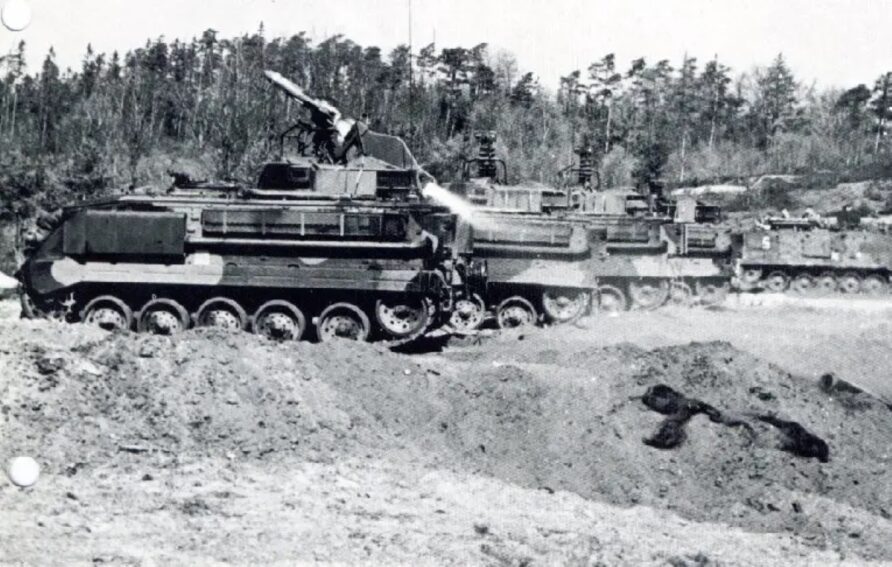
FV102 Striker
The CVR(T) family of vehicles included the FV102 Striker, equipped with 5 launch cannisters.
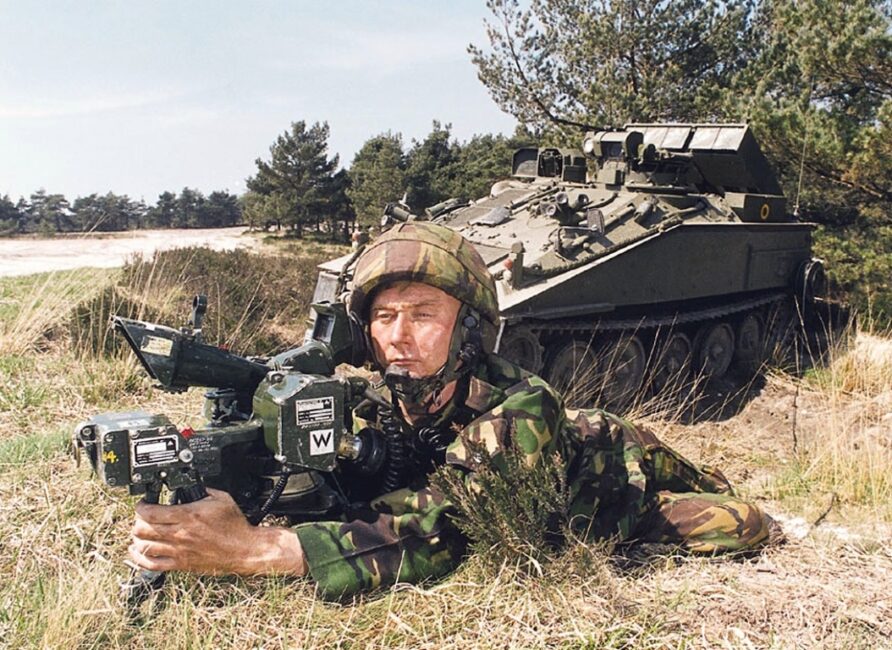
FV712 Ferret Mk 5
Swingfire was fitted to FV712 Ferret Mk5
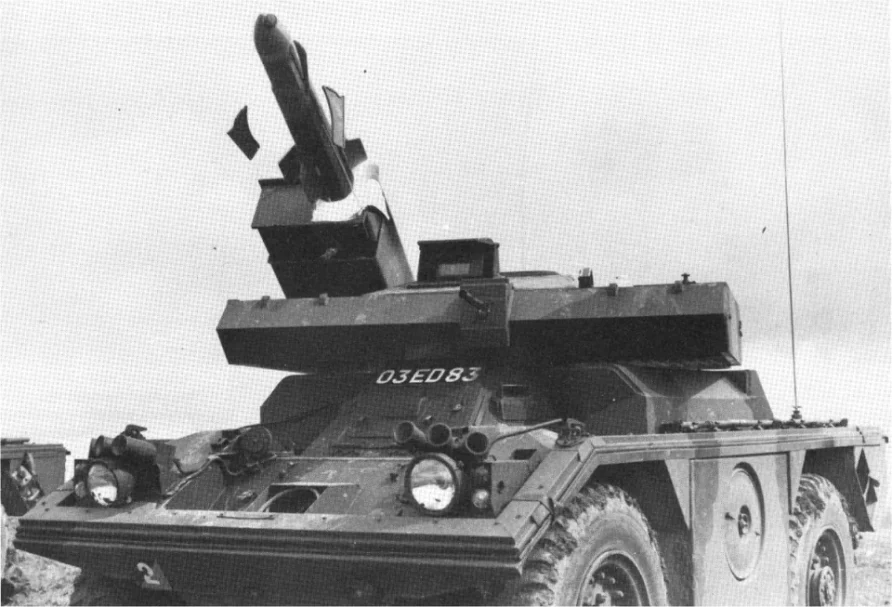
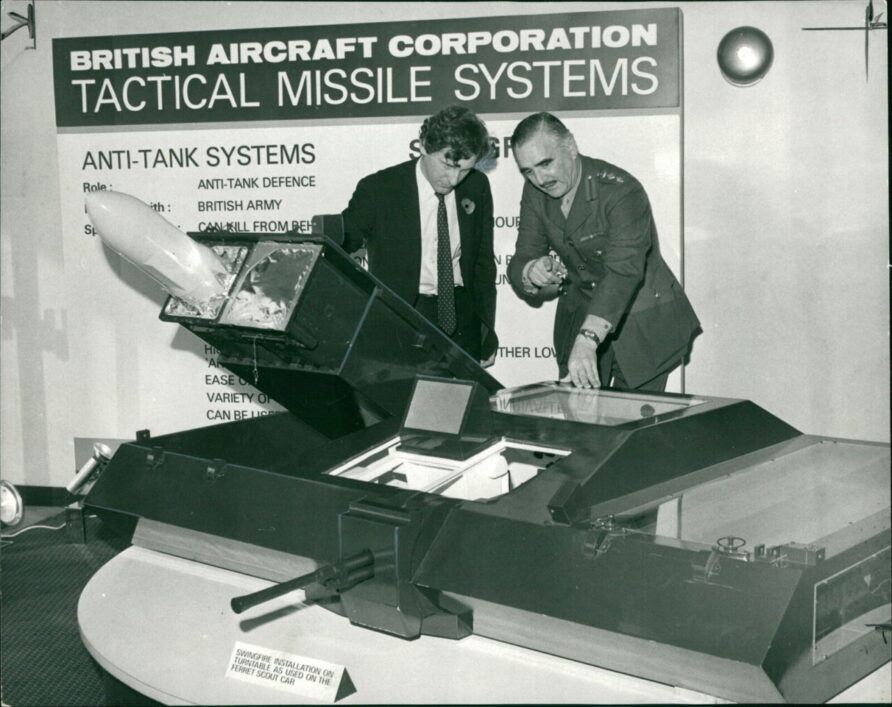
Other
There was a proposal for a tank launched Swingfire and even an armed Stalwart.
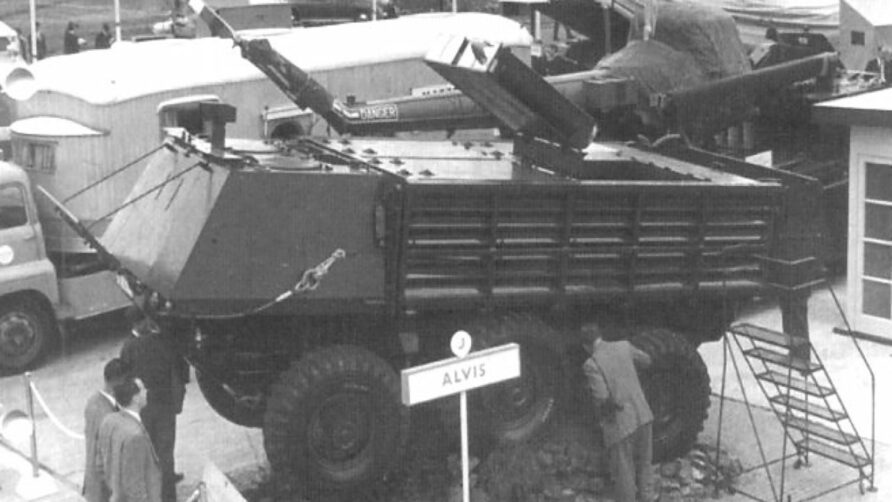
A helicopter launched version called Hawkswing was also developed, although not introduced.
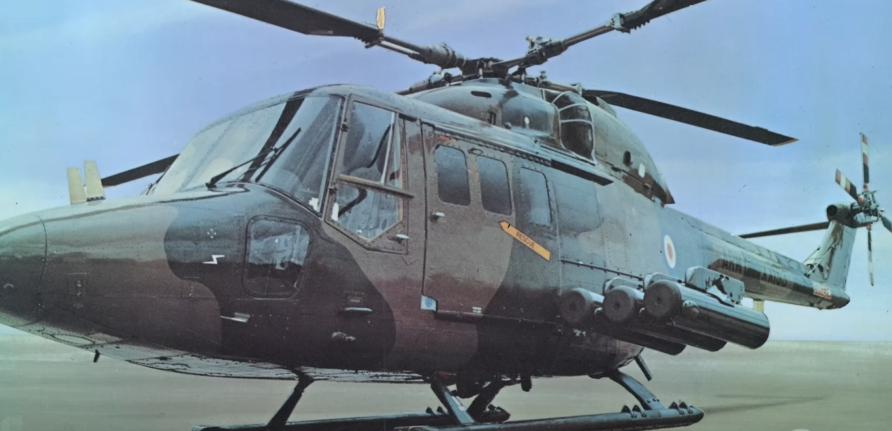
Overwatch Role
Whilst all the other options were for simple anti tank use, the CVR(T) Striker had a specific role.
The concept for Striker was to provide a long-range anti-tank overwatch for CVR(T) reconnaissance vehicles operating forward of the main armoured force.
The striker could carry five missiles in ready-to-launch boxes, with an additional five stowed in the hull. With the missile launcher in the stowed position, Striker looked like just any other armoured personnel carrier, not the lethal anti-tank machine that it was.
In true research establishment fashion, the boffins reportedly determined that the kill probability of each Swingfire was 40%. Thus, it would take precisely two and a half missiles to kill each enemy tank. They also calculated that a vehicle engaging enemy tanks with ATGW (Anti-Tank Guided Weapon) would only kill two before itself being destroyed.
Therefore, five missiles were all that was needed.
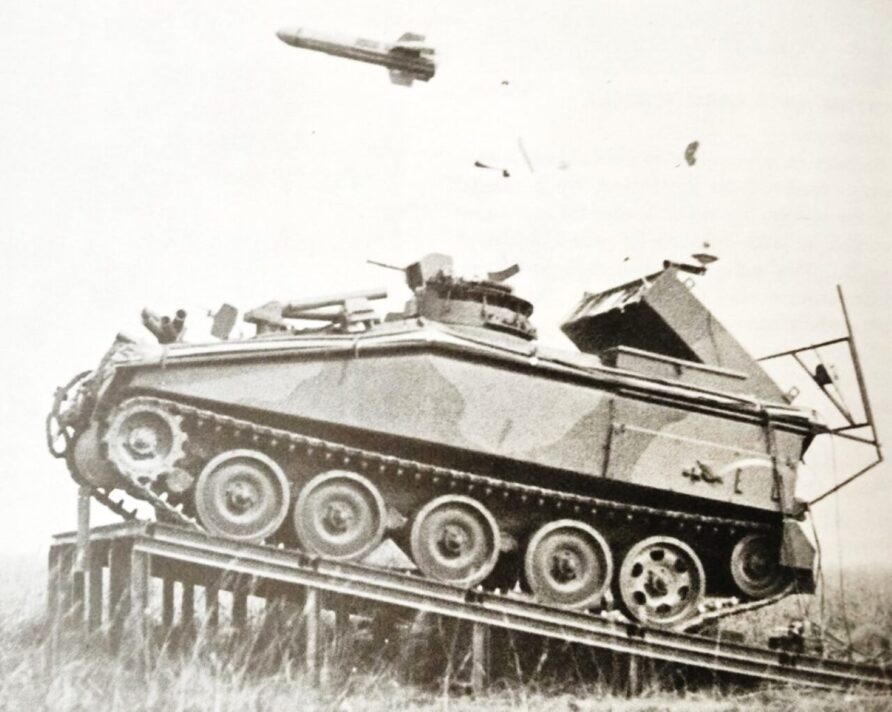
Who knows if this is true, I doubt it, but it is a good story!
The striker also retained the remote sighting feature, entering service in 1976, the same year the Ferret Swingfire variant was withdrawn.
Overwatch allowed the lightly armed and armoured CVR(T) vehicles to operate forward, under the watchful eye and protection of their big brother with a long arm, Striker.
With CVR(T) now out of service, and the role of overwatch included in TRACER and FRES, it falls to Ajax, and potentially others, to fulfil this role.
Read more about Mounted Close Combat Overwatch at the link below.
Read more (Affiliate Link)



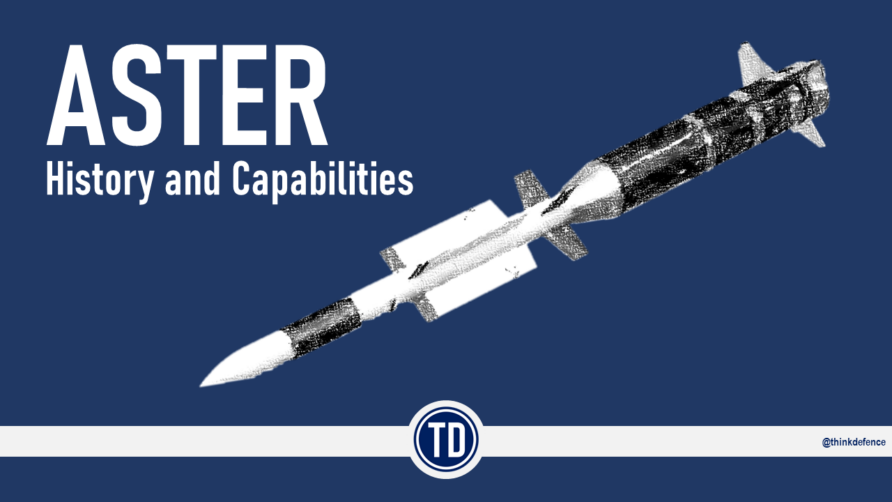
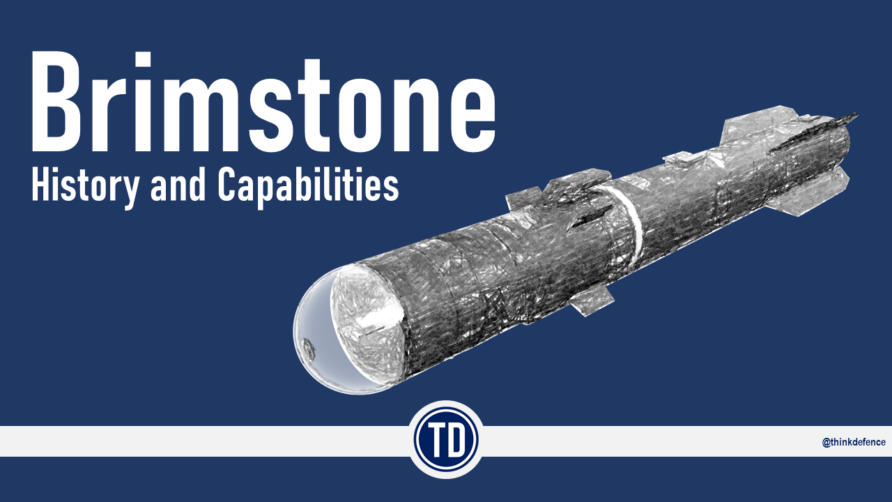
Good article, however one point of order: the FV438's turret was NOT traversable. It looked like it should have been, since it was mounted on the FV432's circular hatch, but it wasn't.
There was also a proposal to mount two Swingfires on the turret of a Saladin armoured car that got as far as a mock-up. As far as tanks go, I've seen pics of mock-ups on the Centurion and the M-47.
The reason why Hawkswing was never ordered was, ironically, due to Swingfire's party trick. In order to be controllable when doing it's thrust-vectoring sharp turn, very close to the launcher, Swingfire's initial launch velocity was very low. That worked against it when trying to launch through the savage downwash of a helicopter's rotors (Mighty-Mouse rockets had to be given upgraded motors after early Vietnam experience for the same reason) and also when trying to fire it at relatively high forward airspeed.
Thanks Harold, corrections noted!